A water circular economy solution through, building sustainable, resilient, repairable, water and sanitation infrastructure through a process of energy-water nexus of industrial scale water treatment system of waste water re-use that generates electricity and heat while cleaning contaminated water through a bio-electrical process.
Long Description
Our Solution
A water circular economy solution through, building sustainable, resilient, repairable, water and sanitation infrastructure through a process of energy-water nexus of industrial scale water treatment system of waste water re-use that generates electricity and heat while cleaning contaminated water through a bio-electrical process. This is integrated to the industrial daily lives, and eventually in providing water and sanitation financing option access to clean re-use water by considering the industrial context of food,dairy and beverage industries in designing and launching the intervention.
We aim to addressing the serious wastewater treatment issues in the food and beverage industry through and industrial scale bio-electrical system by cutting on their operating costs and monetize their process and wastewater streams while significantly increasing plant sustainability. By leveraging electrically active microbes to stabilize the wastewater treatment process while generating clean energy. This energy save money, decrease grid reliance, and form a core part of a sustainable water management and re-use plan.
Today, most companies looking to expand production must quickly think through access to water and
treatment of wastewater, and current solutions leave much wanting. The Eco innovation system will be
designed to turn water management from a hassle into an opportunity. We expect many customers will be able to significantly cut electricity usage and even go ‘off grid’ when using Eco- innovation system to
treat wastewater and generate power.
HOW THE SYSTEM WORKS
The electricity-generating organisms will convert wastewater pollutants into electricity. This electricity is funneled to a circuit, and back into an electrode, where a different set of micro-organisms convert
electricity and carbon dioxide into methane fuel – forming a complete treatment process. The methanecan be used on-site for clean power and heat production.
Eco innovation system will be robust, end-to-end, anaerobic wastewater treatment solution that can
operate across a range of biological oxygen demand (BOD) loadings and wastewater volumes. Its
modular design and bioelectric capability allow for rapid commissioning and continuous, remote
monitoring and control. These attributes will minimize installation and operation hassles. Because Eco-innovation is prefabricated and provides for turnkey installation, the system can easily accommodate
facility expansion, as well as new system installations. Accordingly, many food and beverage companies
pre-treat wastewater is costly, on-site aeration. Eco-innovation bioelectric capabilities enable it to
accommodate fluctuations common in beer, wine, and other food and beverage production cycles.
Industrial food and beverage producers typically use large amounts of electrical energy to treat their
wastewater. Ironically, the wastewater itself contains energy. Eco-innovation services uses naturally
occurring organisms with unique properties to extract this energy, which can offset overall operation
costs. We see this as the future of industrial water management globally.
Any scaled-up finance flows need to result in low carbon, climate resilient infrastructure and utilities, not only for the benefit of water access and companies saving but also to ensure any private investment is secure and viable. Through our innovation ,We aim at partnering and mobilizing small and medium,
large-scale domestic private investment from institutional investors such as pension funds and insurance companies in support of countries’ national priority actions on adaptation and mitigation in the water sector, thereby also contributing to ensure availability and sustainable management of water and sanitation for all.
As a buying in, in attracting investors the types of projects financed will have a clear linkage to climate
vulnerabilities in the water sector and will be assessed against priority actions as identified in nationally
determined Contributions for climate change.

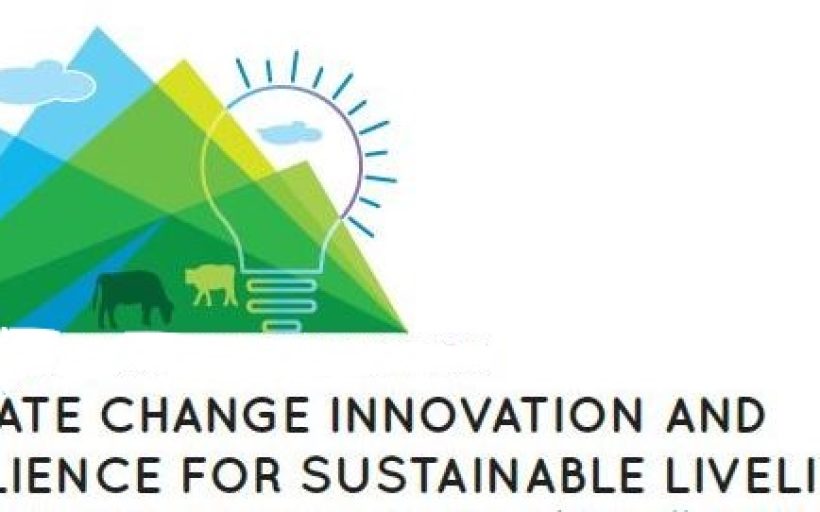
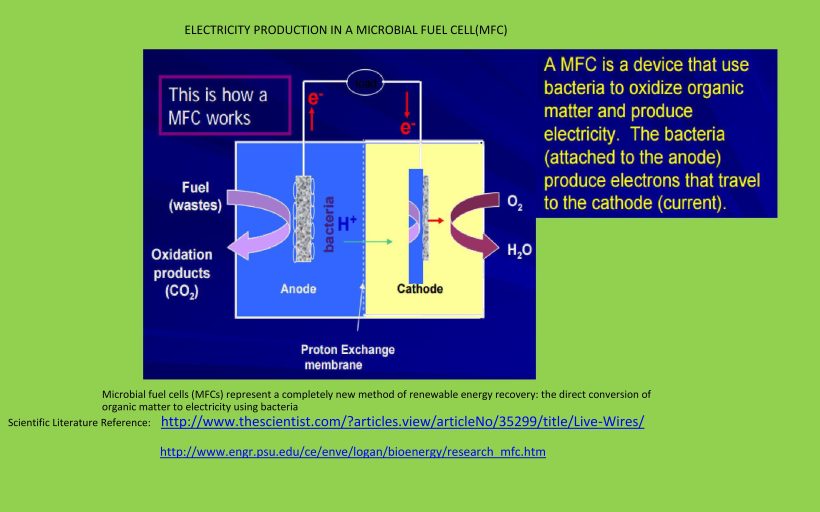
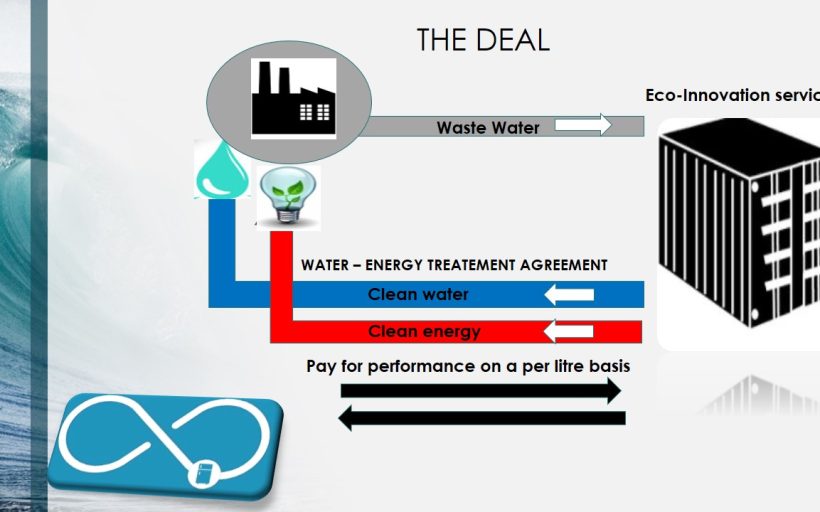
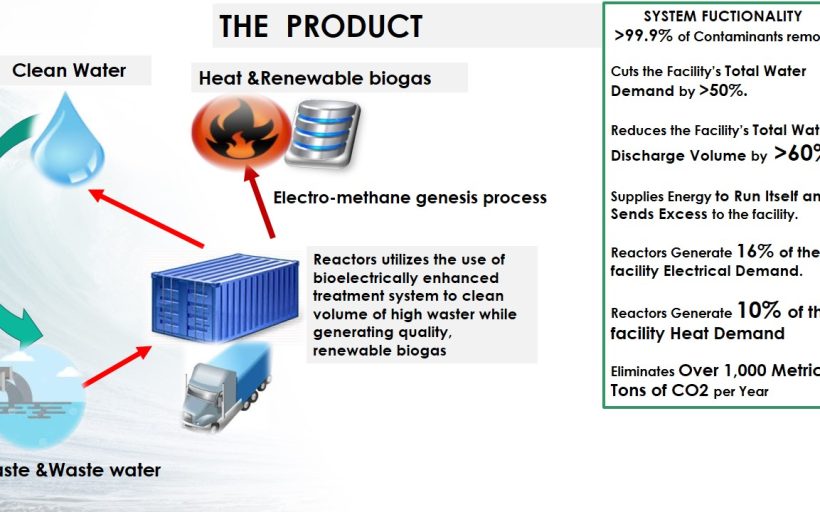
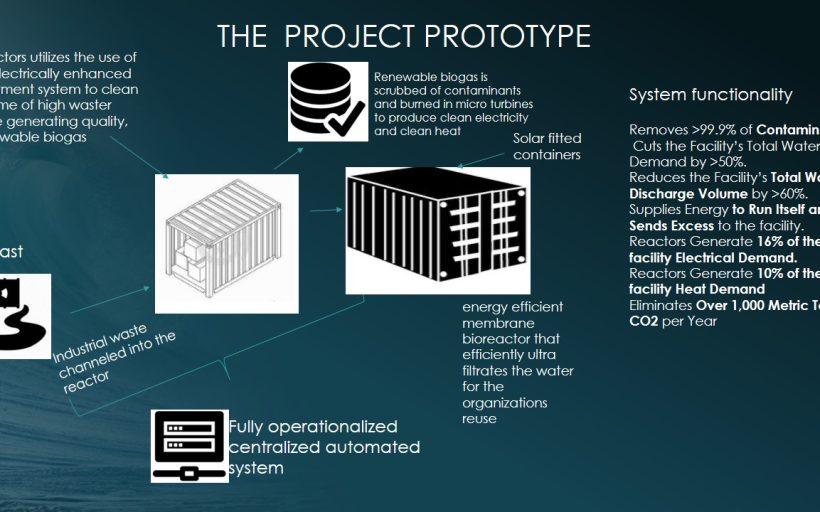

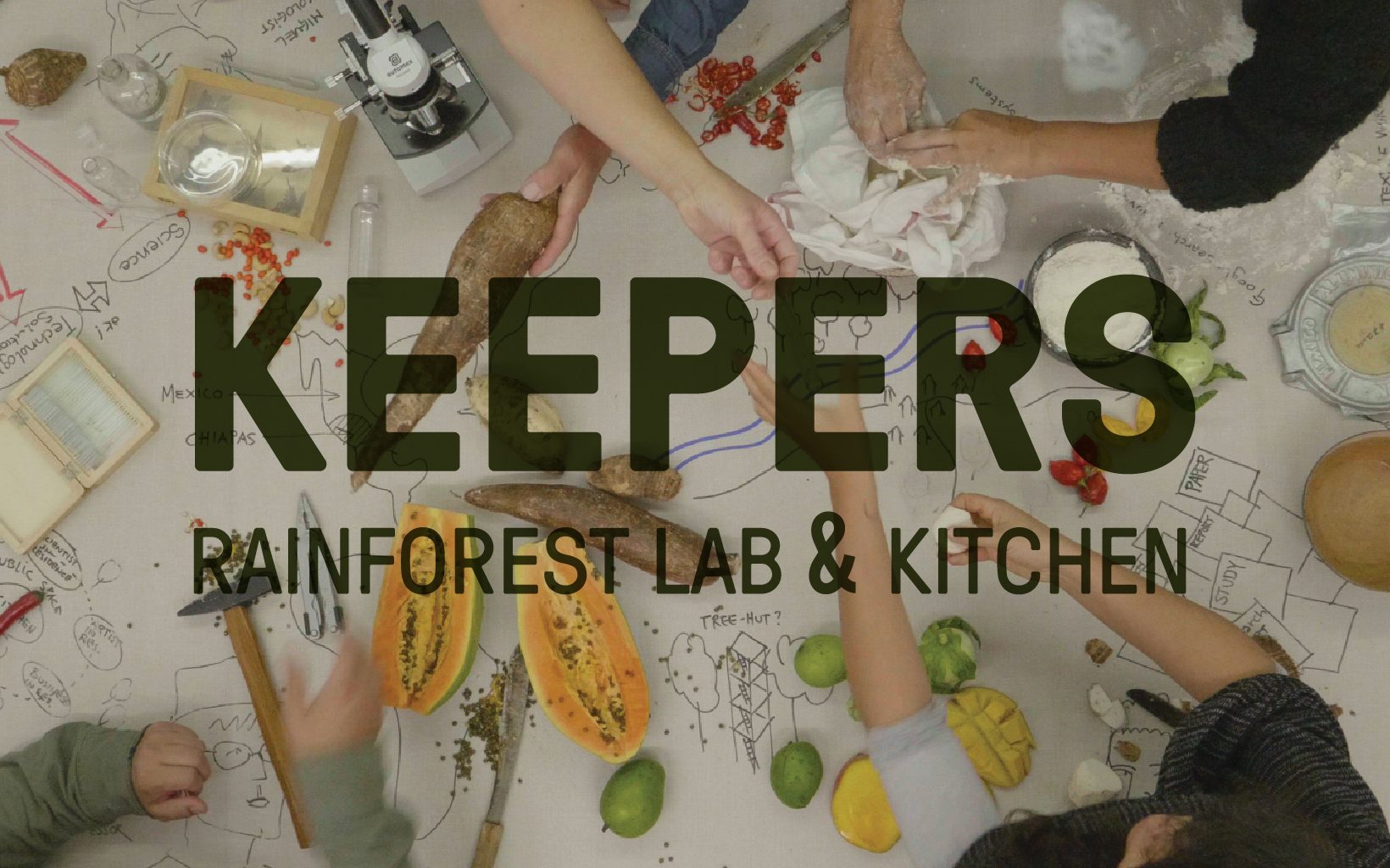

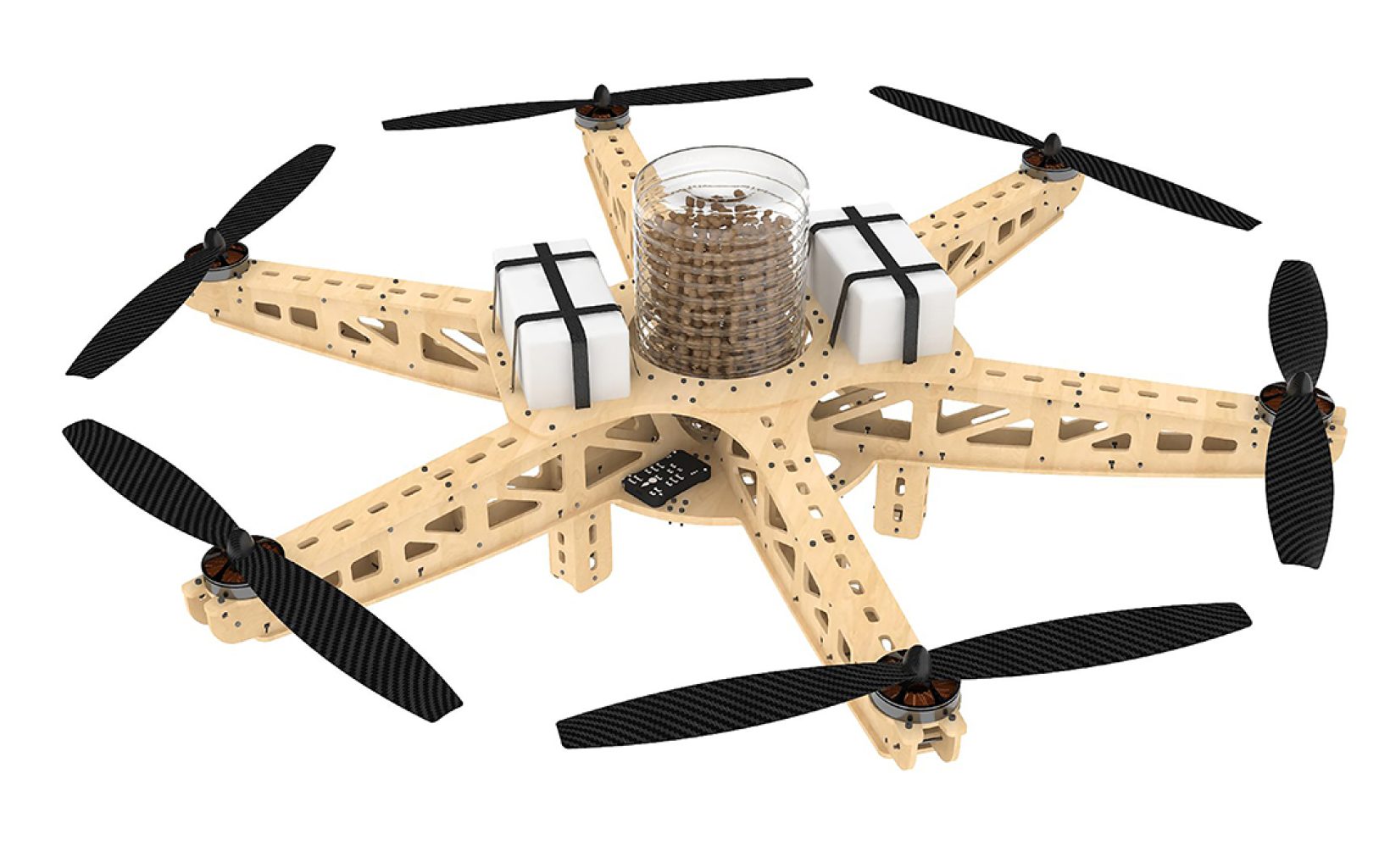
Share on social media.
Facebook
Twitter
LinkedIn
Mail